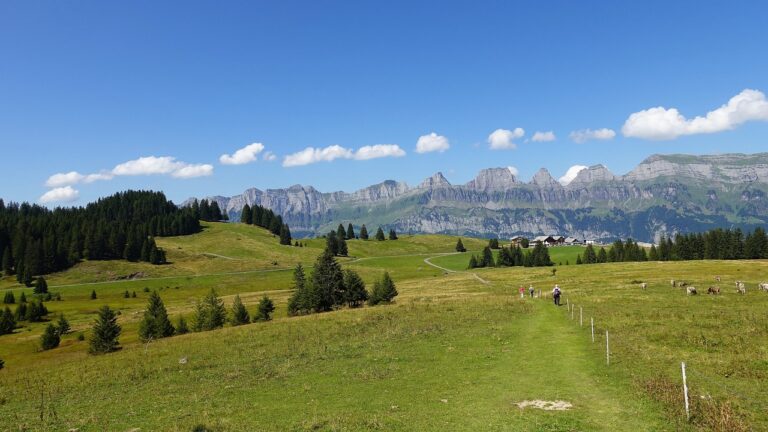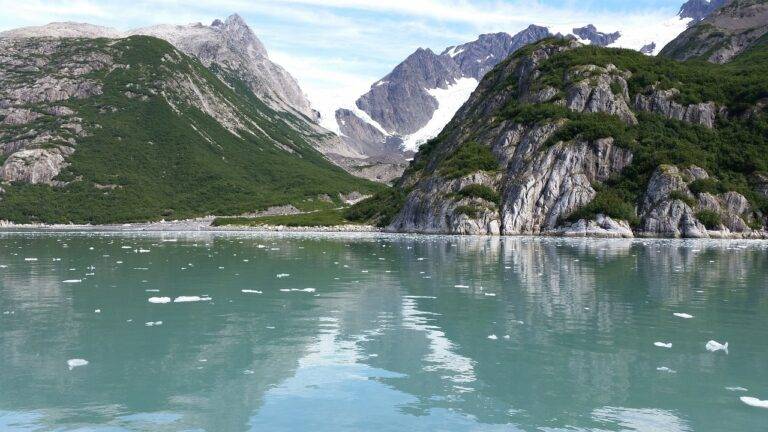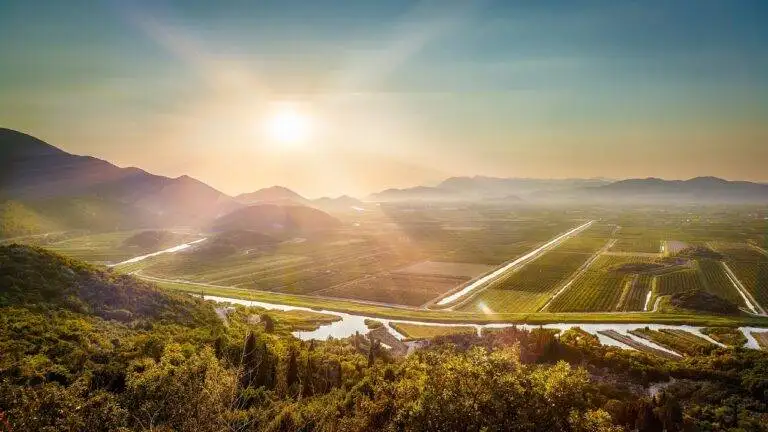Sustainable Tourism in Developing Countries: Balancing Growth and Conservation
Tourism development in developing countries faces numerous challenges that hinder its growth and sustainability. Infrastructure deficiencies such as inadequate transportation systems and limited access to basic amenities often deter tourists from visiting certain destinations. Additionally, political instability, lack of proper governance, and corruption can create unfavorable environments for tourism growth, impacting the overall success of the industry in these countries.
Furthermore, the lack of skilled workforce and proper training opportunities in the tourism sector in developing countries poses a significant challenge. This leads to substandard service quality and an inability to meet the needs and expectations of tourists. Moreover, issues related to environmental degradation, cultural exploitation, and social disruptions are prevalent challenges that need to be addressed to ensure responsible and sustainable tourism development in these regions.
Impacts of Tourism on Local Communities
Tourism, often hailed as a lucrative industry, can bring about a multitude of impacts on local communities. The influx of visitors can lead to a boost in the local economy through job creation and increased business opportunities. Many community members may find employment in hotels, restaurants, and other tourism-related sectors, thus improving their standard of living.
On the other hand, the rapid growth of tourism can also pose challenges for local communities. Increased tourism can lead to overcrowding and strain on resources such as water, energy, and waste management. Additionally, the introduction of foreign cultures and values can sometimes clash with the traditional way of life in these communities, leading to social tensions and conflicts. It is crucial for stakeholders to find a balance that allows for sustainable tourism development while preserving the local community’s identity and well-being.
Preservation of Natural Resources in Tourist Destinations
Tourist destinations around the world are facing significant challenges when it comes to preserving their natural resources. The influx of visitors and the demand for infrastructure development are often at odds with the goal of maintaining the ecological balance of these regions. Without careful planning and sustainable practices, the very resources that attract tourists in the first place can be depleted, leading to long-term environmental damage.
Efforts to strike a balance between promoting tourism and safeguarding natural resources are essential for the long-term viability of tourist destinations. Implementing effective conservation measures, such as limiting the number of visitors, promoting responsible tourism practices, and investing in eco-friendly infrastructure, can help minimize the negative impacts on the environment. By prioritizing the preservation of natural resources, tourist destinations can ensure that future generations can continue to enjoy these unique and diverse ecosystems.
What are some of the challenges of tourism development in developing countries?
Some challenges include inadequate infrastructure, lack of sustainable planning, social and cultural disruptions, and environmental degradation.
How does tourism impact local communities in tourist destinations?
Tourism can bring economic benefits such as job creation and revenue generation, but it can also lead to issues like overcrowding, increased cost of living, and loss of traditional practices.
What are some strategies for preserving natural resources in tourist destinations?
Strategies include implementing sustainable tourism practices, promoting responsible tourism behavior, creating protected areas, and supporting local conservation efforts.





